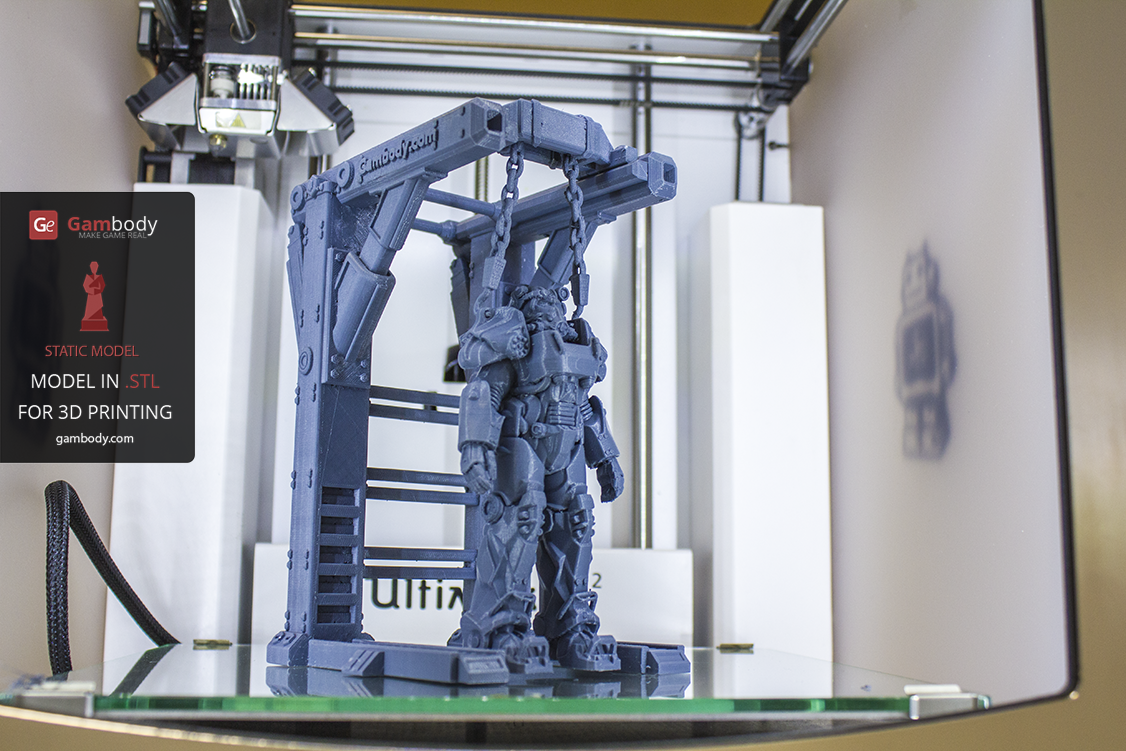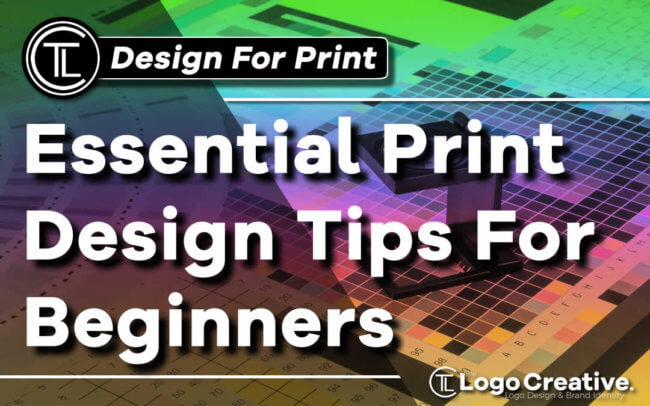
How Does Print Design Influence Brand Identity?
Print design plays a crucial role in shaping brand identity by providing a consistent and tangible representation of the brand across various materials. Effective print designs can enhance brand recognition, establish trust, convey brand values, and differentiate the brand from competitors through unique aesthetics and quality prints. What are Key Elements to Consider in Effective Print Design for Branding? Important elements include color scheme which aligns with the brand’s identity; typography that is readable yet distinctive; imagery that resonates with the target demographic; layout and composition that ensure clarity and engagement; and paper quality or material choice which reflects the brand’s standards. Each element should be cohesively integrated to reinforce the desired perception of the brand. What Impact Does Technological Advancement Have on Print Design? The advent of digital technology has revolutionized print design with advanced software for creating more intricate designs, improved printing techniques for higher quality outputs, and new materials that offer better durability and effects. Technology also enables personalization at scale—a key trend in marketing—allowing brands to tailor their messaging directly to individual preferences while maintaining high-quality production values.

What is the Future of Print Design in a Digital World?
Adapting to Technological Advancements Print design , traditionally reliant on physical media, faces a transformative challenge as digital technologies increasingly dominate the visual and communication landscapes. The integration of augmented reality (AR) and virtual reality (VR) into print mediums is becoming more prevalent, providing a dynamic layer to static images. This fusion enables designers to create engaging experiences that blend tactile sensations with interactive digital elements. By embedding digital features such as QR codes or AR triggers, traditional print materials can offer immersive experiences that were previously exclusive to purely digital platforms. Eco-Conscious Material Innovations Sustainability concerns are pushing the print industry towards more eco-friendly practices. The future of print in a digitally dominated world may rely heavily on innovations in materials and production processes. Biodegradable inks and recycled papers are becoming popular among consumers who prioritize environmental impact in their purchasing decisions. Additionally, advancements in digital printing technology allow for more efficient use of resources, reducing waste and energy consumption compared to traditional offset printing methods. These ecological considerations are not only reshaping production practices but also influencing design trends within the industry. The Role of Niche Markets Despite

What is Print Design and How Does it Impact Brand Identity?
Understanding Print Design Print design reinforces brand identity and remains a critical aspect of visual communication, primarily involving the creation of flyers, brochures, posters, and business cards. It revolves around designing visuals and text layout for printed materials that are intended to be reproduced on a large scale using various printing techniques. The tactile nature of these materials gives print design its unique edge in delivering sensory experiences to the audience. The Elements of Print Design Effective print design incorporates several key elements such as typography, imagery, color palette, and space. Typography involves selecting appropriate fonts that enhance readability while conveying the intended mood or message. Imagery should be high quality and relevant, helping to tell the brand’s story visually. Color choices are crucial as they can invoke emotions and associations specific to a brand's identity. Space management in print design helps in creating a clean layout that guides the reader’s eye across the material smoothly. Print Design’s Role in Brand Identity Brand identity is how a company presents itself to the public and differentiates from competitors. Print materials often serve as the first point of contact between a business

Set the correct resolution
Knowing the difference between rbg (red, green, blue) and cmyk (cyan, magenta, yellow and black) is critical when submitting your packaged files to any printer. For print, any graphics you use need to be converted to cmyk. Setting the correct image resolution and dpi for any raster or vector artwork is very important as well. The minimum recommended resolution for printing is 300dpi. Purchasing stock images is a great solution if getting high-quality photography isn’t an option. For more tips on making your images print-ready, check out our tutorial, prepress 101: how to prepare images for print. 1. Understanding Print Quality Basics Design ideas and concepts provide a roadmap for creating high-quality designs that align with your brand values. They not only guide your creative process but also foster productivity within your team 🤝. Finding excellent design ideas for print on demand custom products is made easier with the following five steps: 🧠 understand your brand: start by understanding your brand and products to identify the criteria you want for your designs. Consider your vision, objectives, target market, and audience demographics. 🔍 explore resources: gather ideas from various sources, including successful stores , competitors, and design websites (both

How to Design For Print: Tips and Best Practices
Are you a diy enthusiast looking to take your craft to the next level? if so, mastering the art of sublimation printing may be just what you need. Sublimation printing is a technique that allows you to transfer vibrant and high-quality designs onto various materials, such as fabrics, ceramics, and metals. In this article, we will provide you with a comprehensive guide on how to excel in sublimation printing, offering tips and tricks that will help you achieve professional-looking results. Whether you are a beginner or have some experience in sublimation printing, this article will equip you with the knowledge and skills you need to create stunning and personalised creations. Explore our comprehensive guide to large-format printing tips, designed for both newcomers and seasoned professionals in the printing industry. Whether you are an individual seeking large-format prints for personal projects or a business outsourcing printing tasks to third-party services, this blog is tailored to your needs. We recognize the challenges and intricacies involved in producing high-quality, large-scale prints. Therefore, we have collaborated with experienced printing experts to compile a wealth of invaluable tips and tricks. We aim to empower you with the knowledge and insights necessary to achieve exceptional

Tip #4: Reference other printed work.
Printed goods come in different sizes based on their application. Business cards are typically 2” x 3. 5” to fit into wallets, postcards are typically 4” x 6” to qualify for discounted postage rates, posters are typically 11” x 17” or larger to grab your attention, and so on. Do any of your print references from the previous tip follow certain sizes? designs printed in the united states are measured in inches instead of centimeters or millimeters and use names such as letter (8. 5” x 11”), legal (8. 5” x 14”), and tabloid (11” x 17”) to describe their common sizes. After they leave, you start thinking: was the type too small? did the art make the layout feel crowded? did it have a border with a super-thin margin that made everything feel off-centered? was there any pixelation in the images? was the paper thick enough? in the end, you never hear from them. The cliché is true—you only get one chance to make a good first impression. The best thing you can do when networking is to have printed assets that are clean and professional. This is especially true if you’re a freelancer who is selling your personal

10 Tips When Designing for Print
Digital printing is growing every year, its capabilities are pushing the bounds of printing in ways that couldn’t have been imagined just a while back. This section of the print industry is changing rapidly and disc pro is keeping up with the latest demands of the digital printing frontier. I sure hope this was a helpful collection of amazing tips for file preparing for digital printing. Be sure and let us know if you have any more questions we can answer in the comments. And also check out our tips for designing for digital printing. If you're not familiar with the intricacies of print design , don't hesitate to collaborate with print experts or graphic designers who specialize in print. Their expertise can save you time, money, and potential headaches, ensuring your design is optimized for the print medium. Designing for print demands a blend of creativity, technical know-how, and attention to detail. Whether you're creating business cards, posters, or catalogs, these tips and tricks will guide you towards crafting high-quality print designs that leave a lasting impact. By mastering the nuances of print design, you can bridge the gap between the digital and physical worlds, creating